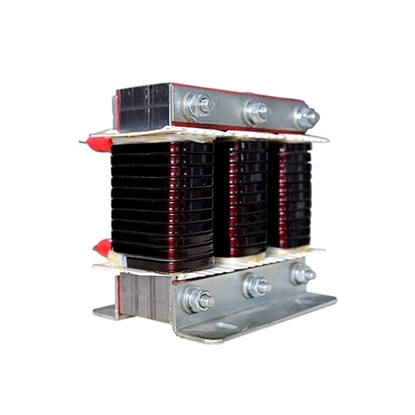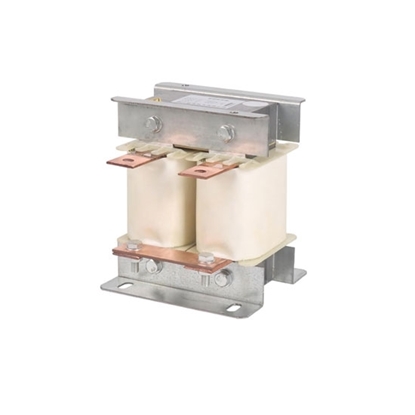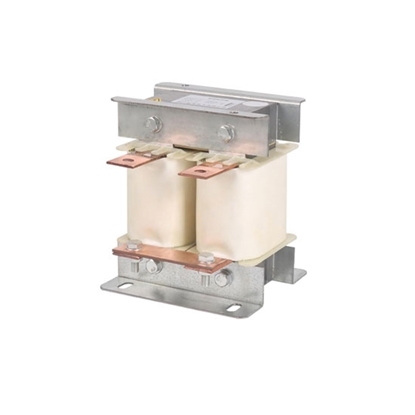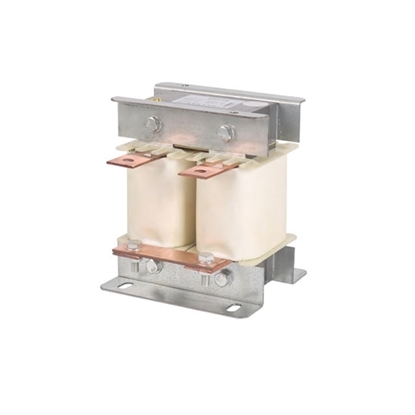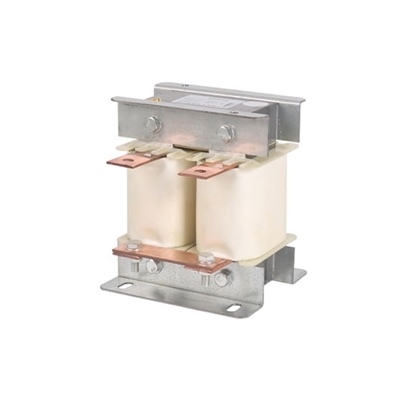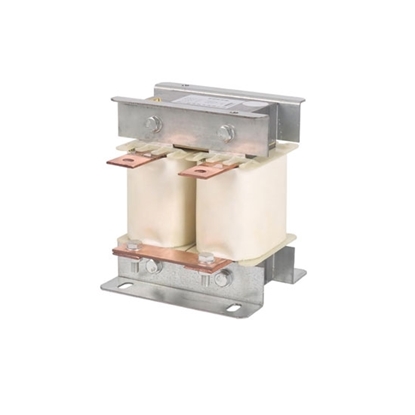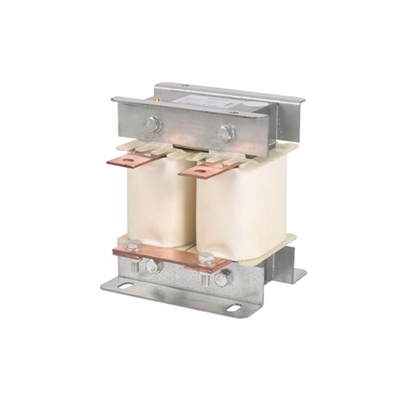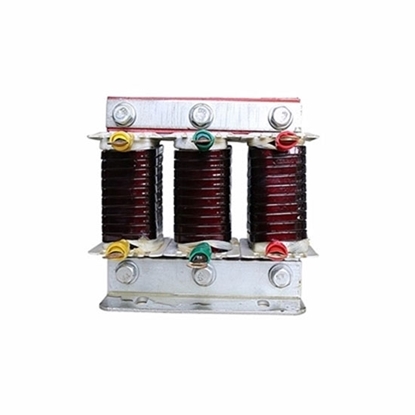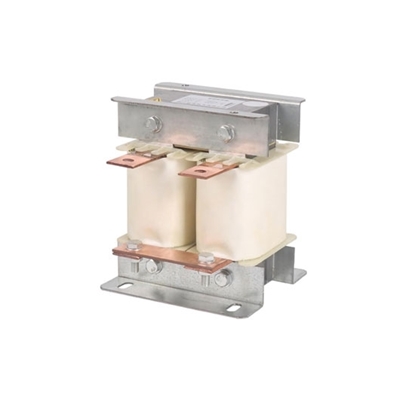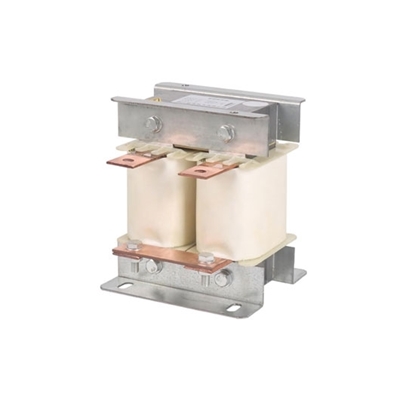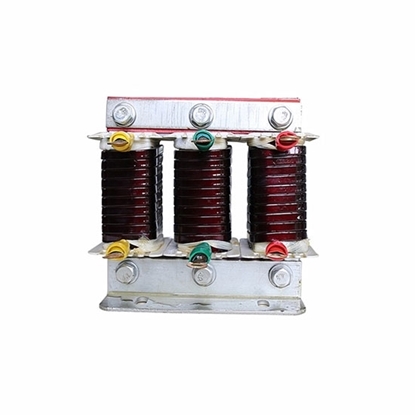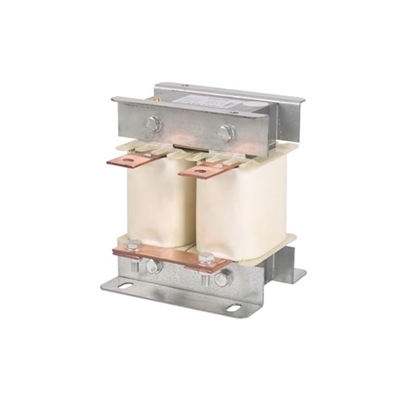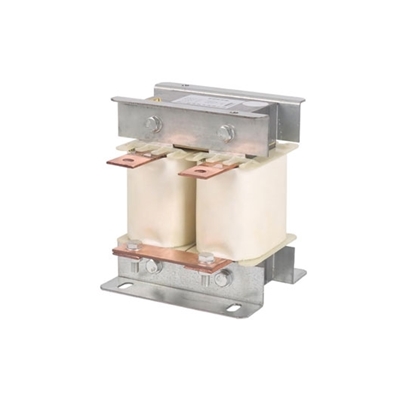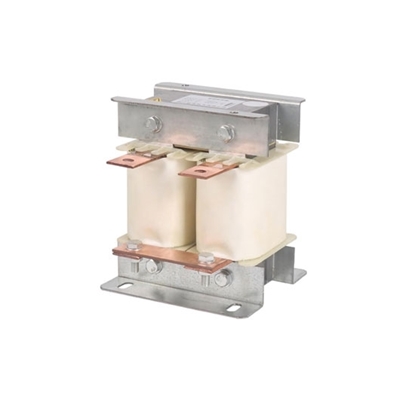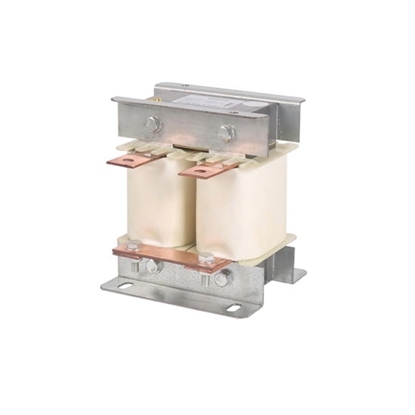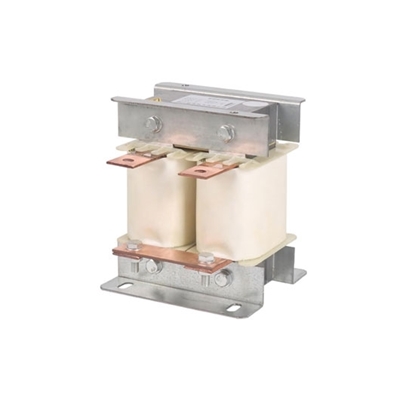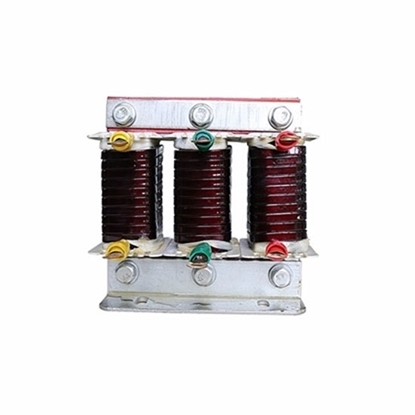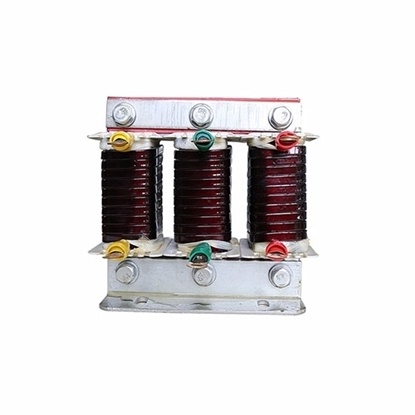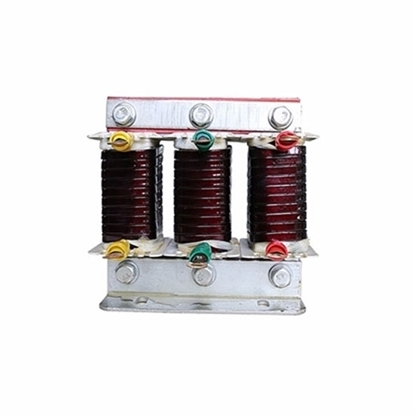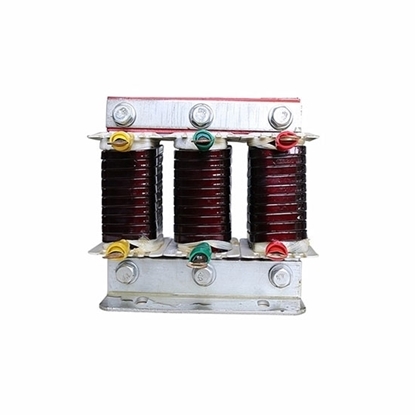The common line reactors in electrical power system include series reactors and paralleling reactors. Series reactors are mainly used to limit short-circuit current or ultraharmonics in filter by connecting with capacitor in series or in parallel. The line reactors in power grid of 220kV, 110kV, 35kV and 10kV are used to absorb the idle work of charging capacity of cable line. Operating voltage can be adjusted by adjusting the number of line reactors in parallel. Ultra-high voltage paralleling reactor can improve the operation conditions relating to reactive power of electrical power system including
- The capacitance effect on light load or no-load circuit lowers transient overvoltage of power frequency.
- Improve the voltage distribution on long power transmission line.
- Balance reactive power in light load circuit to prevent the unreasonable flow of reactive power and reduce the power loss on circuits.
- When large generator unit and system are in parallel, lower the steady-state voltage of power frequency on high voltage bus for the convenience in the synchronous parallel of generators.
- Prevent self-excitation resonance of generator with long line.
- When the neutral point of line reactor passes by grounding device, inter-phase or phase-ground capacitance of compensated line of easy-to-get small line reactor can be used to accelerate the automatic extinguishing of secondary arc current.
- The connection of line reactor is divided into series connection and parallel connection. Series reactor is generally used to limit current. And parallel reactor is generally used in reactive compensation.
DC line reactor is used to limit AC component on DC to a specified value. Filter reactor, also called DC smoothing reactor, is used at DC side of converter. The current in line reactor is direct current with AC component. It is used to limit the AC component on direct current to one specified value. It is also used in the coupling at DC side of parallel converter, DC flat wave of intermediate resonance circuit of voltage type frequency changer and flat wave of rectifier supply, to reduce intermittent limit, to limit the loop current in loop current circuit and the current rate of increase when DC fast switch breaks fault current, and to eliminate ripple wave. It is also used to reduce ripple quantity of current and improve input power factor. For more information about DC and AC line reactors, please contact us.
How to select a line reactor for vfd?
Its calculation and design philosophies are the same as the general reactor. The inductance value of the reactor is appropriate if the voltage drop of the fundamental current flowing through the reactor is not higher than the rated voltage.
Impedance drop: Impedance drop refers to the practical voltage drop on the two terminals of the reactor coil in XHz. Generally, choose impedance voltage drop in 1-4%.
Selection of the inductance value: The rated inductance value of the reactor is an important parameter. If the inductance value is not selected appropriately, it will directly affect the voltage drop change under the rated current, so as to cause fault.
However, the inductance value depends on the sectional area of the reactor iron core, coil winding number and air gap adjustment. The selection of the inductance value of the output reactor is mainly confirmed according to the cable length in the rated frequency scope. And then the sectional areas of the iron core and lead under the corresponding inductance value requirement shall be selected on the basis of the practical rated current of the motor, so as to determine the practical voltage drop.
Inductance value and cable length of the corresponding rated current: cable length rated output current inductance value.
The choice of rated AC current: Rated AC current is to design the long-term working current of the reactor from the perspective of heating. Meanwhile, the sufficient higher harmonic components should be taken into account. In other words, the current practically flowing through the output reactor is the output current of the frequency motor load.
What causes Line reactor to generate noise?
The noise of the line reactor is mainly caused by the magnetostriction and interslice vibration of the silicon steel sheet. Moreover, because of the alternating magnetic field attractive force between the iron core sheets, the noise of the reactor is 10dB or more higher than that of the transformer with the same capacity. However, the ordinary technology will promote the reactor noise to reach the standard requirement. The abnormal reactor noise in the operation site is mainly caused by the inconsistent height of the three phases of the iron core column, and even the difference is great.
However, there is no such vibration reduction measures such as being padded with the felt, resulting in the gap between the iron core sheet and upper iron yoke of a certain phase. Or because the levelness and straightness and other tolerance aspects are not strictly guaranteed in piling the iron core sheet. Because it fails to reach the technology requirement, the iron core sheet is inclined, and there is a gap among the sheets in the inclined areas. All the above reasons will result in the high abnormal noise of the reactor.
One of the other manufacturing reasons for the high noise of the reactor lies in the insufficient clamp force of the iron core. The low iron core fastening force will increase the operation noise of the reactor. As the experience indicates, when the pressure intensity of the iron core clamp force is 0.8~1.2MPa, the noise of the reactor is the lowest. In addition to this, the compression screw and clamp nut of the iron core sheet should be equipped with an additional lock net, preventing from the looseness of the nut caused by the vibration of the iron core sheet in operation, so as to result in the high noise degree.
Power harmonic: The current of the reactor input terminal has rather serious surge phenomenon, or the current change is rather serious.
Silicon steel sheet: The silicon steel sheet of the reactor should be overlaid smoothly and orderly. The noise is easily to be caused if if the silicon steel sheet is not piled tightly.
Coil: The gap caused by the internal looseness of the coil will generate great noise greatly.
Immersion: If the paint immersion is not thorough or the time is too short, there might be missed immersion or insufficient immersion thickness.
Fastener: If the screws on the reactor have looseness, it is easily to generate noise.
Power: The capacitor has too small capacity (low possibility). To sum up, if your line reactor has reliable quality(low power harmonic mutation, smooth silicon steel sheet arrangement, thorough immersion and appropriate thickness and so on), and the parameter of the output power is consistent with the load, there will be no problem of noise.
If the silicon steel sheet has low processing accuracy, serious rags in the manufacturing process, or the silicon steel sheet has bump, or the silicon steel sheet is not rolled in parallel of the magnetic flow direction, or the insulation between the iron core sheets is broken, the iron core is earthed in several points, or the nut is not tightened, all these will increase the noise of the reactor in different degrees.
The line reactor is different from the transformer. There is a kind of alternating attractive force existing between the iron steel sheets because of the air gap, so its noise is higher than the transformer with the same capacity. In design, the magnetic flux density of the reactor should not be too high, which is usually valued below 1T. In addition, the main magnetic flux density is better to be lower than 0.9T. If the magnetic flux density is valued too high in design, the noise will be increased for 2~3dB if the magnetic flux density rises by 0.1T.
In addition, if the designed magnetic flux density is too high, the unit iron core loss in the iron core sheet increases, thus resulting in the too high temperature of the iron core. If the temperature exceeds F grade thermal resistance temperature and it is operated for a long period, F grade insulation of the air gap piece will be aged and damaged slowly, and the noise will be increased accordingly.

